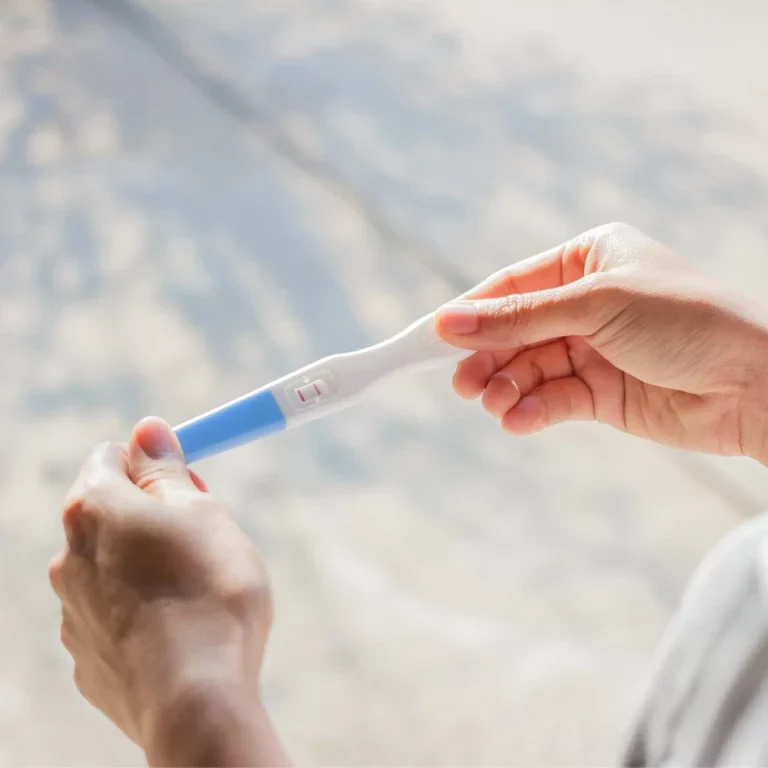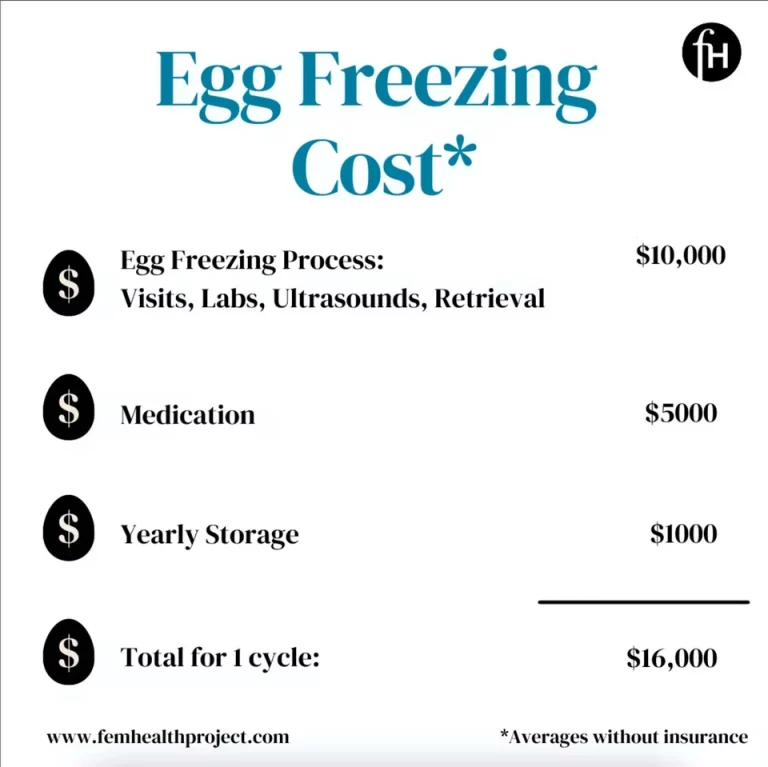Peak Ovulation: 5 Ways to Track Ovulation Effectively
If you are trying to conceive, tracking your peak ovulation period is helpful to know when you are most fertile.
With that in mind, how can you monitor when you ovulate? These are the top 5 ways to track your ovulation:
1. The Calendar Method to Find Peak Ovulation
This is a suitable method for those who have regular periods and if their menstrual cycle usually occurs during the same number of days every month.
If that’s the case, it’s safe to say that you ovulate every two weeks before expecting your period. However, this may vary based on one’s individual menstrual cycle. For those with 35-day cycles, you may ovulate on the 21st day.
This isn’t best for those who have irregular periods.
But if you are thinking of using the calendar method, there are ovulation tracking apps and online calendars to keep you in check. (https://www.womenshealth.gov/ovulation-calculator)
2. Basal Body Temperature Charting
This method involves taking your temperature the moment you wake up, even before getting out of bed.
When you maintain a chart of your basal body temperature throughout your menstrual cycle, you may be able to detect a sustained temperature increase, which can indicate you finished ovulated.
In certain cases, this method might even hint whether or not you have conceived, using the “implantation” dip.
3. Ovulation Predictor Kits
Ovulation predictor kits are similar to pregnancy tests, as they are urine tests showing specific color patterns. It shows when the luteinizing hormone levels rise, which indicates that you will start ovulation within the next 12-36 hours. (https://medlineplus.gov/ency/article/007062.htm)
When the test predicts ovulation, it’s best that you have sex daily for the next few days if you would like to try conceiving.
Related: Discharge Changes When You Ovulate: What to Know
I recommend that you take these tests on consecutive days to detect the LH surge accurately. When testing for more than five days, there’s an 80% chance of predicting ovulation accurately. If done for more than ten days, it rises to a 95% chance.
There are computerized fertility monitors that work like ovulation predictor kits, but they are more precise and can detect ovulation earlier. While extremely accurate, it’s quite a pricey option.
4. Cervical Mucus Changes
This method isn’t for all women, but it gives you a good idea of when you’re ovulating.
During your time of ovulation, one’s cervical mucus is thin and clear, having similar appearance and consistency to raw egg whites. This is compared to the usual creamy and sticky consistency!
The reason for its thin and clear mucus is to allow sperm to pass through your cervix during sex, providing sperm a more alkaline environment for them to thrive.
This method is best used with BBT charting for more accurate results.
5. Saliva Ferning Tests
Saliva testing is another way to detect ovulation, and a cheaper option compared to using ovulation predictor kits.
The method works through highlighting crystal formations that develop in saliva as you ovulate. During your most fertile period in the menstrual cycle, your saliva will have chemical changes.
When the saliva dries, there is residue, which shows fern-like crystals you don’t see in other stages of the menstrual cycle.
The test kit has a lens where you place a drop of saliva, and after five minutes, it will show if the crystals develop. If so, then ovulation will most likely happen within 24-72 hours.
As long as you have no underlying reproductive issues, then using one of these peak ovulation tracking methods can help increase the chances of conception. But if you would like to use these to prevent pregnancy, it’s best to talk with a medical professional regarding reliable birth control options.
We discuss products we think are useful to people. If you buy something through our links, we may earn a commission. Remember to check with your personal physician to see if a product recommended is right for you.








